Fifteen Years, Fifteen Facts: Challenges and solutions for gender equality – UN Women

UN Women’s 15th Anniversary: Progress and Challenges in Gender Equality
Introduction
In 2025, UN Women commemorates its 15th anniversary, highlighting significant advancements in gender equality worldwide. These achievements have positively transformed the lives of women and girls across the globe. However, despite these gains, the momentum towards achieving gender equality is currently facing setbacks.
Current Challenges in Gender Equality
Recent data and surveys reveal growing concerns about the stagnation and regression in gender equality efforts, which directly impact the Sustainable Development Goals (SDGs), particularly SDG 5: Gender Equality.
-
Increased Concern Over Gender Equality Progress
- A March 2025 survey indicates a 60% rise in global concern regarding the lack of progress on gender equality.
- This concern underscores the urgency to accelerate actions aligned with SDG 5 to ensure equal rights and opportunities for all women and girls.
-
Backlash Against Women’s Rights
- UN Women data, derived from over 150 government reports, shows that nearly one in four countries is experiencing a backlash against women’s rights.
- This regression threatens the achievement of SDG 16 (Peace, Justice and Strong Institutions) by undermining inclusive societies and justice for all.
-
Rising Gender-Based Violence
- Incidents of gender-based violence are increasing globally, posing a significant barrier to women’s safety and empowerment.
- Addressing this issue is critical to meeting SDG 3 (Good Health and Well-being) and SDG 5 targets.
-
Widening Gender Digital Divide
- The gap between men and women in access to digital technologies is expanding, limiting women’s participation in the digital economy and education.
- This digital divide hampers progress towards SDG 9 (Industry, Innovation and Infrastructure) and SDG 4 (Quality Education).
-
Impact of Conflict on Women and Girls
- Over 600 million women and girls currently live near conflict zones, exposing them to heightened risks and vulnerabilities.
- This situation complicates efforts to achieve SDG 16 and SDG 5 by threatening peace, security, and gender equality.
Conclusion
While UN Women’s 15 years of work have led to meaningful progress in gender equality, the recent data highlights critical challenges that must be addressed to fulfill the Sustainable Development Goals. Renewed commitment and targeted actions are essential to reverse setbacks, close the gender digital divide, eliminate gender-based violence, and protect women and girls in conflict-affected areas, thereby advancing global gender equality and sustainable development.
1. Sustainable Development Goals (SDGs) Addressed or Connected
- SDG 5: Gender Equality – The article focuses on gender equality progress and setbacks, highlighting issues such as backlash against women’s rights and gender-based violence.
- SDG 16: Peace, Justice and Strong Institutions – The mention of over 600 million women and girls living near conflict zones connects to peace and justice concerns.
- SDG 9: Industry, Innovation and Infrastructure – The widening gender digital divide relates to access to technology and infrastructure.
2. Specific Targets Under Those SDGs
- SDG 5 Targets:
- Target 5.1: End all forms of discrimination against all women and girls everywhere.
- Target 5.2: Eliminate all forms of violence against all women and girls in public and private spheres.
- Target 5.b: Enhance the use of enabling technology, in particular information and communications technology, to promote the empowerment of women.
- SDG 16 Targets:
- Target 16.1: Significantly reduce all forms of violence and related death rates everywhere.
- Target 16.7: Ensure responsive, inclusive, participatory and representative decision-making at all levels.
- SDG 9 Targets:
- Target 9.c: Significantly increase access to information and communications technology and strive to provide universal and affordable access to the Internet in least developed countries.
3. Indicators Mentioned or Implied in the Article
- Indicator for Target 5.1: Proportion of women and girls subjected to discrimination (implied through reports of backlash against women’s rights).
- Indicator for Target 5.2: Proportion of women and girls subjected to physical, sexual or psychological violence by a current or former intimate partner or by others (implied by rising gender-based violence).
- Indicator for Target 5.b: Proportion of individuals who own a mobile telephone, by sex (implied by the gender digital divide).
- Indicator for Target 16.1: Number of victims of intentional homicide per 100,000 population, by sex and age (implied by conflict zones and violence).
- Indicator for Target 9.c: Proportion of population covered by a mobile network, by technology (implied by digital divide issues).
4. Table: SDGs, Targets and Indicators
| SDGs | Targets | Indicators |
|---|---|---|
| SDG 5: Gender Equality |
|
|
| SDG 16: Peace, Justice and Strong Institutions |
|
|
| SDG 9: Industry, Innovation and Infrastructure |
|
|
Source: unwomen.org

What is Your Reaction?
 Like
0
Like
0
 Dislike
0
Dislike
0
 Love
0
Love
0
 Funny
0
Funny
0
 Angry
0
Angry
0
 Sad
0
Sad
0
 Wow
0
Wow
0









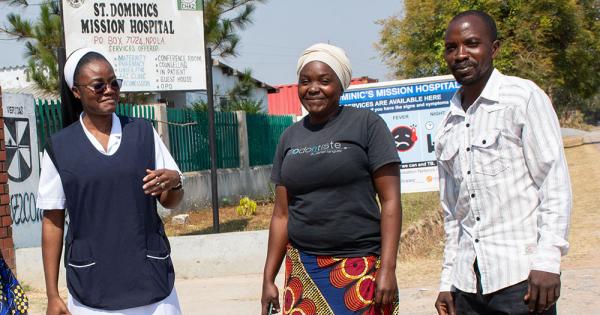



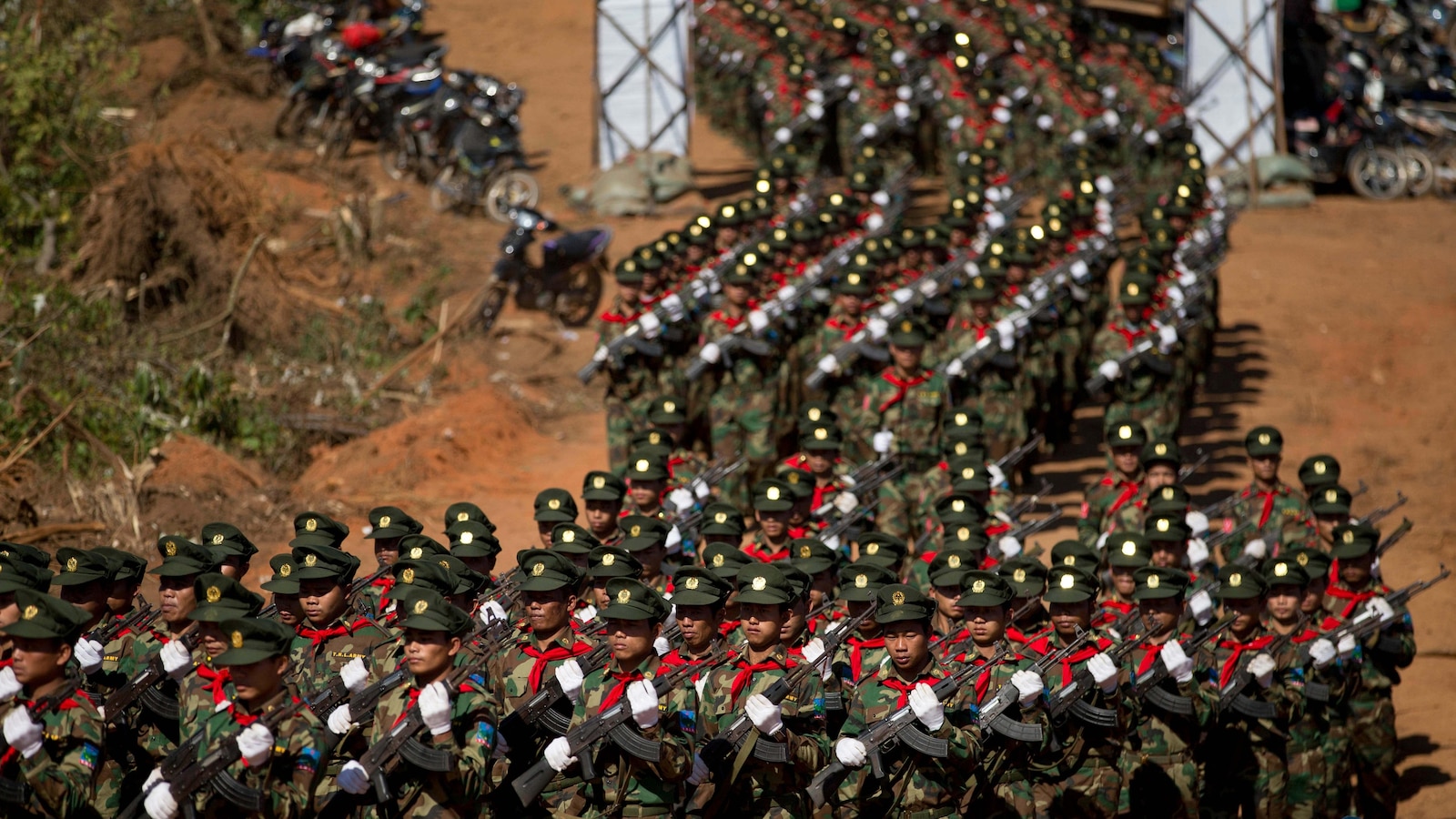





















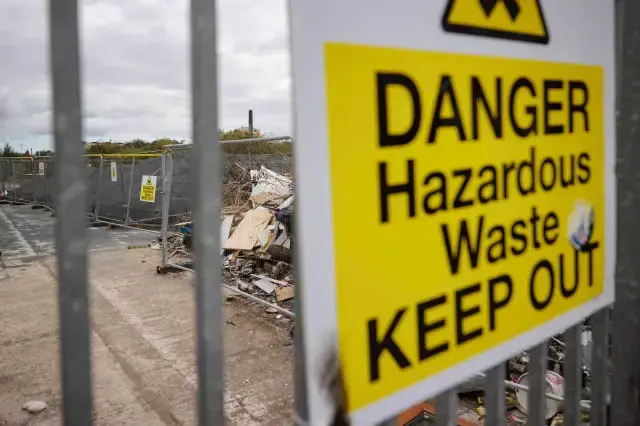
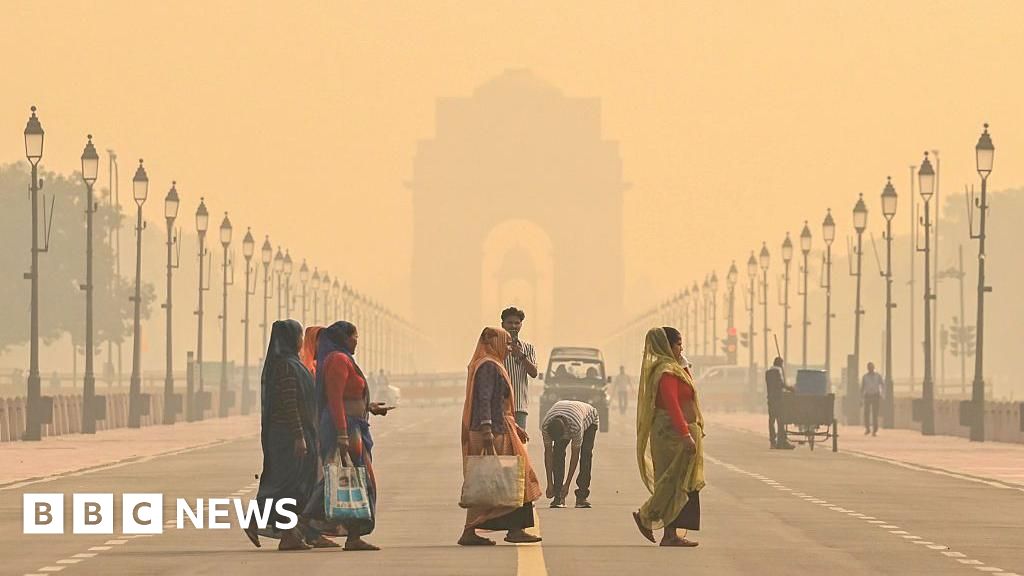

















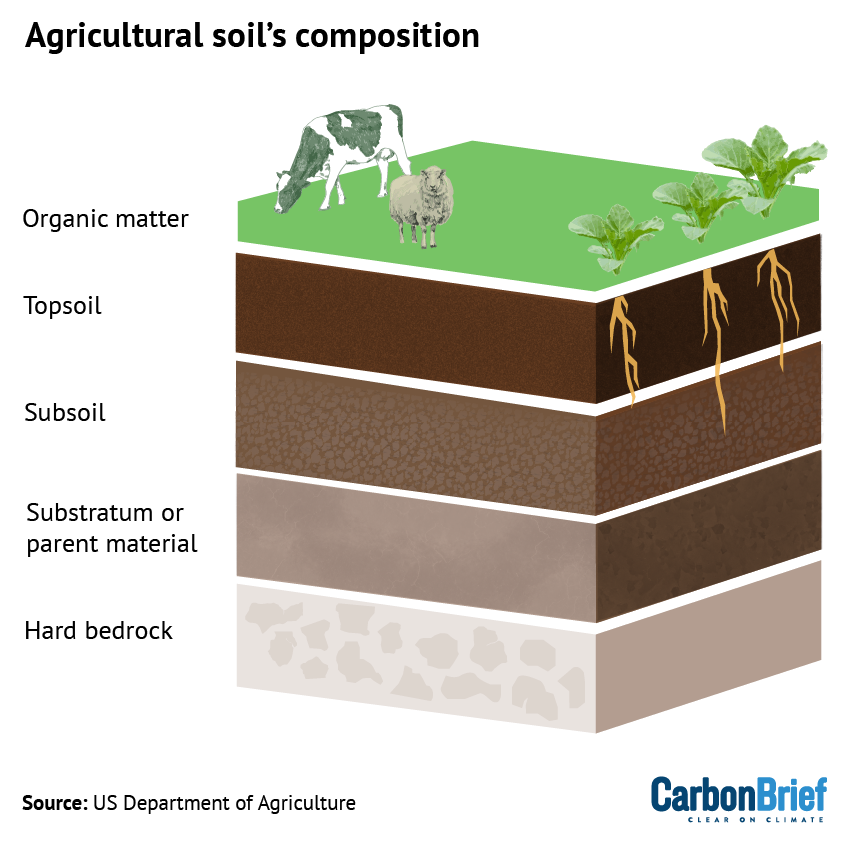








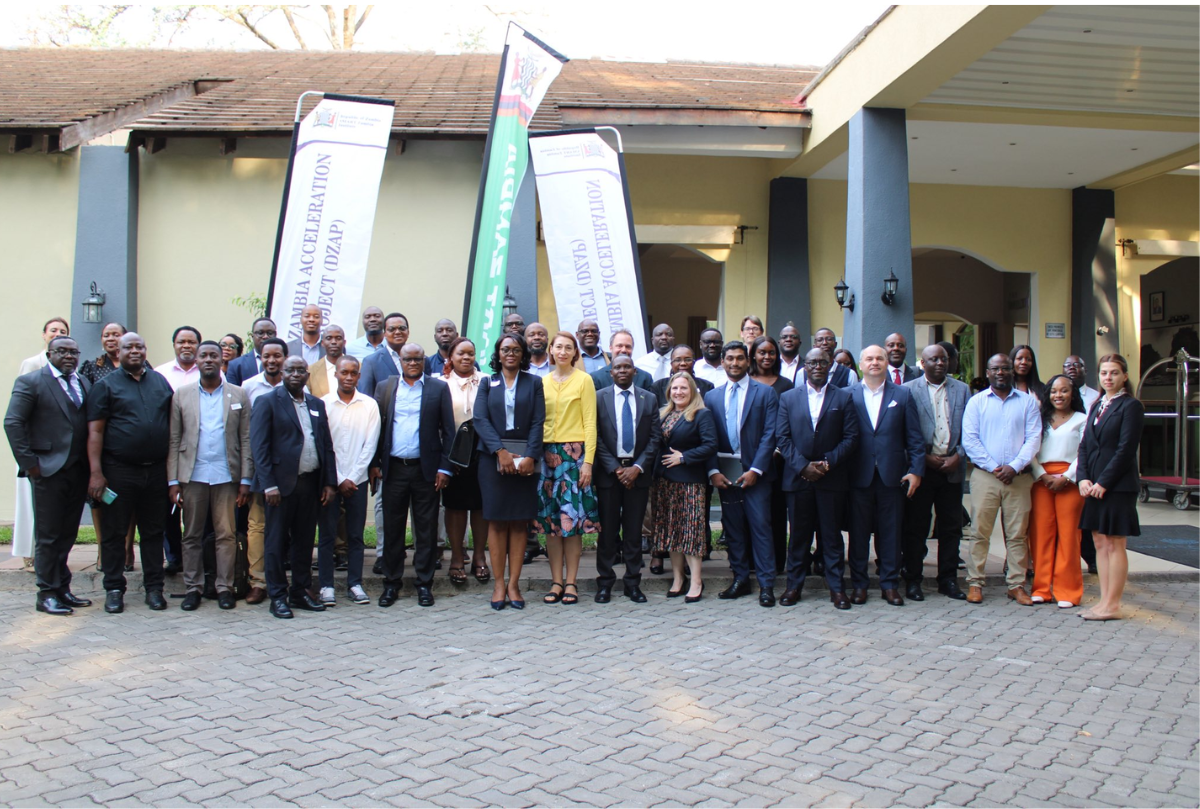





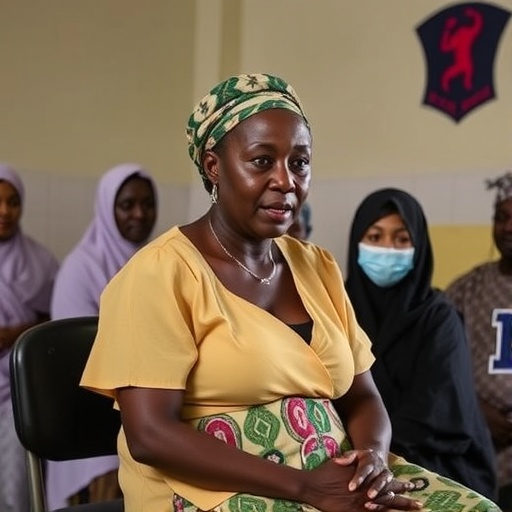

![[COPY] Women Are Quitting. WTF Is Happening? – Substack](https://substackcdn.com/image/fetch/$s_!XkPN!,w_424,c_limit,f_auto,q_auto:good,fl_progressive:steep/https://substack-post-media.s3.amazonaws.com/public/images/16c48462-ec27-40d9-8bd9-bf8a0efa0cc0_756x836.png?#)







